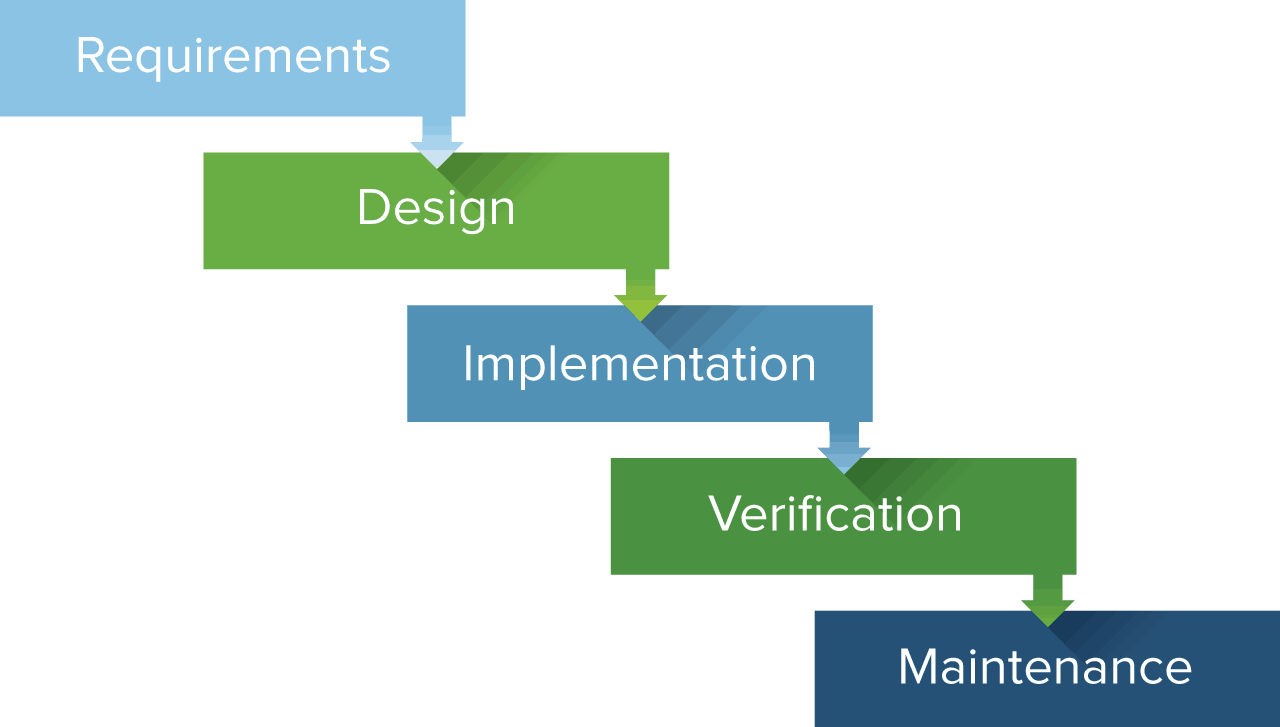

The difference is that in Agile, the stages don’t happen in a linear order. But, in many ways, they follow the same fundamental process, with slightly different phases. There’s a misconception that Waterfall and Agile project management have nothing in common. That often takes the shape of dividing the project into iterations or “sprints” - lasting a few weeks or months - and adapting the course after each one. An Agile team adapts to the changing demands of the market and stakeholders during the project. There’s no goal of a perfect, step-by-step plan before launch.Īgile outlines the high-level objectives, goals, and deliverables in a roadmap, sure, but it’s not the detailed battle plan from the Waterfall approach. The main difference between Waterfall and Agile is that the Agile methodology focuses much less on up-front planning. What is the difference between Waterfall and Agile? Let’s explore how Waterfall measures up against some of the newer methods like Agile and Kanban. Of course, which project management model is right for you depends on your industry, goals, team size, and project. But - like in sci-fi novels - it often turns out that these can be just as powerful as the newest of new technologies. Some managers might refer to it as an ancient relic of a bygone age. So, rather than being “dead,” the Waterfall approach is, in fact, the most popular project management methodology among professionals. Yes, even in 2022, a wide range of companies use the Waterfall methodology in various industries.Īccording to a study by PMI, 56% of projects used traditional - AKA Waterfall - methods in the past 12 months. The end goal is definitely not for everything to come crashing down. That’s the key difference between this and playing Jenga. If you pick an unstable area for a construction project, making adjustments later can cost a fortune and take months. Every stage is critical to project success, but pay extra attention to requirements and design.Īny shortcomings during these stages can lead to a lot of wasted time and money.

If you’re familiar with the project life cycle, you might notice that the Waterfall methodology closely mirrors it.

Get started with What is the Waterfall methodology in project management? In this guide, we’ll explain what the Waterfall method is, how it compares to other options, and how you can better implement it in your own company. It adds predictability and stability to the process - a key priority for many projects.

Waterfall gives your team a structure to help them navigate the treacherous terrain of project management - just like it’s easier to walk up or down stairs than a steep incline. Maybe someone who has never seen its chaos and churn in person…A staircase would be a better analogy to illustrate how the methodology works. When someone thinks “well-controlled, step-by-step process,” whose mind jumps straight to a waterfall? The analogy of a waterfall for the Waterfall methodology isn’t the best.


 0 kommentar(er)
0 kommentar(er)
